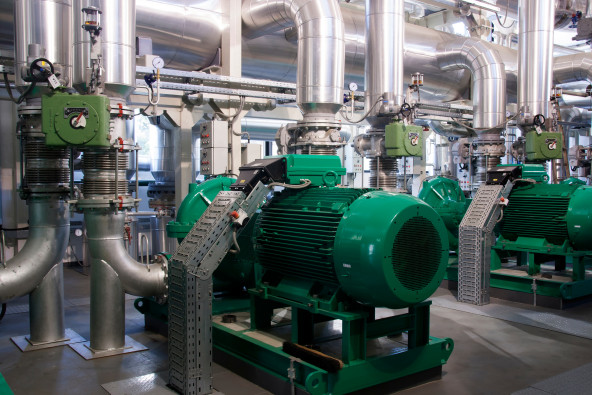Draft of a new EU Machinery Regulation reaches important intermediate step

Regulation instead of directive in future:
With the revision, the Commission intended to close various gaps in the Machinery Directive and at the same time shape the future new Machinery Regulation in line with the self-imposed goal of "A Europe for the digital age".
The most obvious change is initially somewhat confusing in terms of terminology. The EU directive will become an EU regulation. Interested users may already know that an EU regulation has direct effect, whereas a directive requires a national transposition act. The EU legislator is therefore taking on a competence for which it has previously left the legislators of the member states room for decision and discretion.
At the same time, the change in the legislative act explains the possible confusion of terms. Colloquially speaking, there is already a "Machinery Ordinance" in German law, more specifically: the so-called "Ninth Ordinance to the Product Safety Act (9th ProdSV)". It is the implementing act for the previous Machinery Directive (Directive 2006/42/EC) and will presumably be largely superseded in the future when the EU Machinery Regulation takes direct effect.
Status of the legislative process
To date, there has only been a draft from the EU Commission. EU citizens, interest groups and authorities had the opportunity to comment on this until August 16, 2021. Preparatory departments and the Council of the European Union ("EU Council of Ministers") have now conducted further negotiations on the draft on the basis of the comments. These have led to various proposals for amendments, the details of which are not known, which are now to be voted on before the draft is submitted to the European Parliament for a decision. The draft is therefore still in a phase in which further significant changes may well be made.
Specific objectives of the revision
However, with the first draft proposal, the EU Commission has already comprehensively set out the objectives that it intends to achieve. Regardless of whether the wording or individual regulations will still change, these objectives allow us to draw a conclusion as to where the path should lead. The Commission has set out the following objectives:
Consideration of new risks associated with digital technologies
Equal interpretation of the regulations in all Member States
Reassessment of high-risk machinery and the associated conformity procedures
Reduction of paper-based documentation requirements
Ensure consistency with other product safety legislation
Avoidance of divergences in interpretation due to transposition into national law
Measures to achieve the objectives
In order to achieve these objectives, the EU Commission has so far envisaged the following individual measures in particular - in addition to the directly binding effect as a regulation:
In future, the absence of software should not lead to machinery being classified as "partly completed machinery". Overall, the associated definitions are to be adapted.
Non-physical components such as software may constitute "safety components" according to the future definition, and the definition of "substantial modification" will also be adapted.
Means of road transportation and their accessories, i.e. e-bikes and pedelecs in particular, are expressly no longer to be covered by the Machinery Ordinance. In the past, there was a lack of clarity in this regard in individual cases, and the Machinery Directive was sometimes applied unintentionally.
The listed high-risk machinery will be adapted, in particular to include machinery in which "artificial intelligence" performs safety functions in the broadest sense. There are overlaps here with the future EU AI Regulation.
Obligations for manufacturers, importers and distributors will be aligned with the New Legislative Framework Decision No. 768/2008/EC, which creates a common legal framework with other European standards.
Adjustments will be made in the area of presumption of conformity and conformity assessment (particularly in the area of high-risk machinery). This may have consequences for certification procedures.
Basic health and safety requirements will be adapted for traditional machinery and added for the areas of cybersecurity, AI safety and human-machine interaction.
Conclusion & recommendation for action
The final phase of the revision of the previously applicable Machinery Directive is approaching. On the one hand, this may make things easier for affected companies, but on the other hand, it may also result in new or additional obligations in individual cases. In particular, the same interpretation of the regulations in all member states is a long-standing request of interest groups, as the national regulations have become considerably fragmented. It is to be welcomed that the EU finally wants to address the existing need for regulation in areas of digitalization. The parallel draft of an AI regulation, which is probably the only one of its kind in the world, offers the opportunity of a consistent regulatory framework with the new EU Machinery Regulation. The further course of the legislative process should therefore be followed closely. The negotiations in the Council have already made it clear that there could still be significant changes. With regard to your own processes, you can already consider the extent to which software now plays a significant role in your own products and whether it may be necessary to extend your obligations or reassess them.
We will keep you informed of developments here and will also be happy to provide support.
